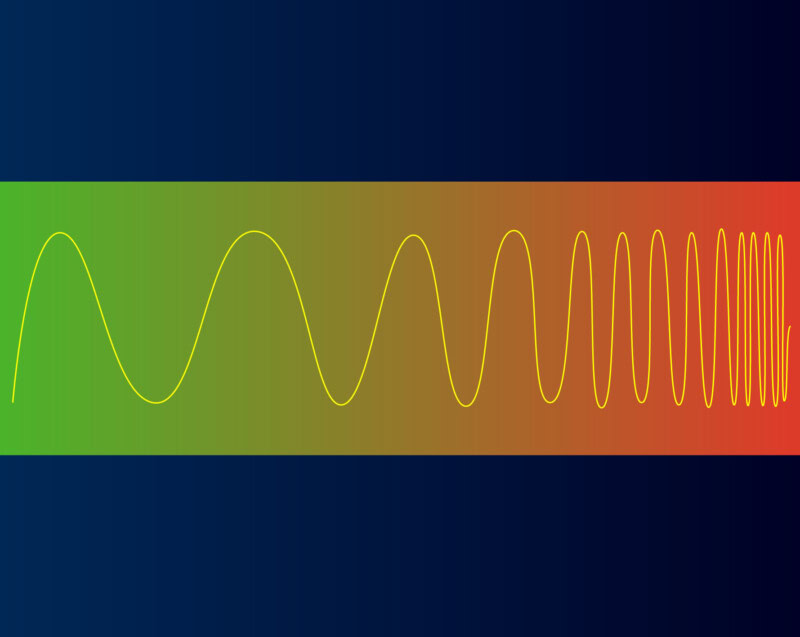Most people associate radiation with x-rays, nuclear facilities, or comic books. But radiation comes in many forms. One of the most common types is non-ionizing radiation, which according to the CDC is the kind used by TSA’s full-body scanners, as well as many other devices and appliances.
Many of us are exposed to non-ionizing radiation on a daily basis, and it is a great tool that can be used occupationally and recreationally. Exposure to non-ionizing radiation can cause harm to humans if not controlled, but by taking precautions and planning well it can benefit us greatly.
What is non-ionizing radiation?
According to the National Cancer Institute, non-ionizing radiation is a type of low-energy radiation that does not have enough energy to remove an electron (negative particle) from an atom or molecule.
The distinction between non-ionizing and ionizing radiation occurs in the ultraviolet wavelength band, illustrated in this CDC graphic.
Non-ionizing radiation can be further broken down into smaller groups based on energy level and wavelength. Examples of electromagnetic energy sources with long wavelengths and low energy include radio waves, microwaves, infrared radiation (IR), visible light, and ultraviolet light (UV light).
All non-ionizing radiation can heat materials. For example, have you ever experienced a sun burn or cooked food in the microwave?
Common types and sources of non-ionizing radiation
Types of non-ionizing radiation include infrared light from furnaces; visible and ultraviolet light from the sun; microwaves from a microwave oven; and radio waves from radio transmission devices such as a cell phone. Occupational sources include welding or laser cutting operations. Recreational sources may include the use of tanning beds or simple sun exposure.
Some non-ionizing radiation, like UV light, is needed by our body to stay healthy. However too much UV light can damage our skin. Low, infrequent doses of non-ionizing radiation does not normally present a problem for healthy humans, but in some cases they are needed to stay healthy. But like many things prolonged exposure can cause adverse health effects such as eye damage, skin burns, or cancer.
Being mindful of your surroundings and taking appropriate precautions can help reduce or eliminate the risks of harmful exposure to non-ionizing radiation. For example, occupational precautions such as erecting appropriate shielding and wearing appropriate eye protection to reduce IR and UV radiation exposure in a weld shop or laser cutting area. Additionally, wear sun screen or long sleeves shirts and UV protective sunglasses when exposed to long periods of sunlight to reduce UV radiation exposure.
Are your workers at risk of radiation exposure? CTEH can help. Visit our website for more information about our safety services.




